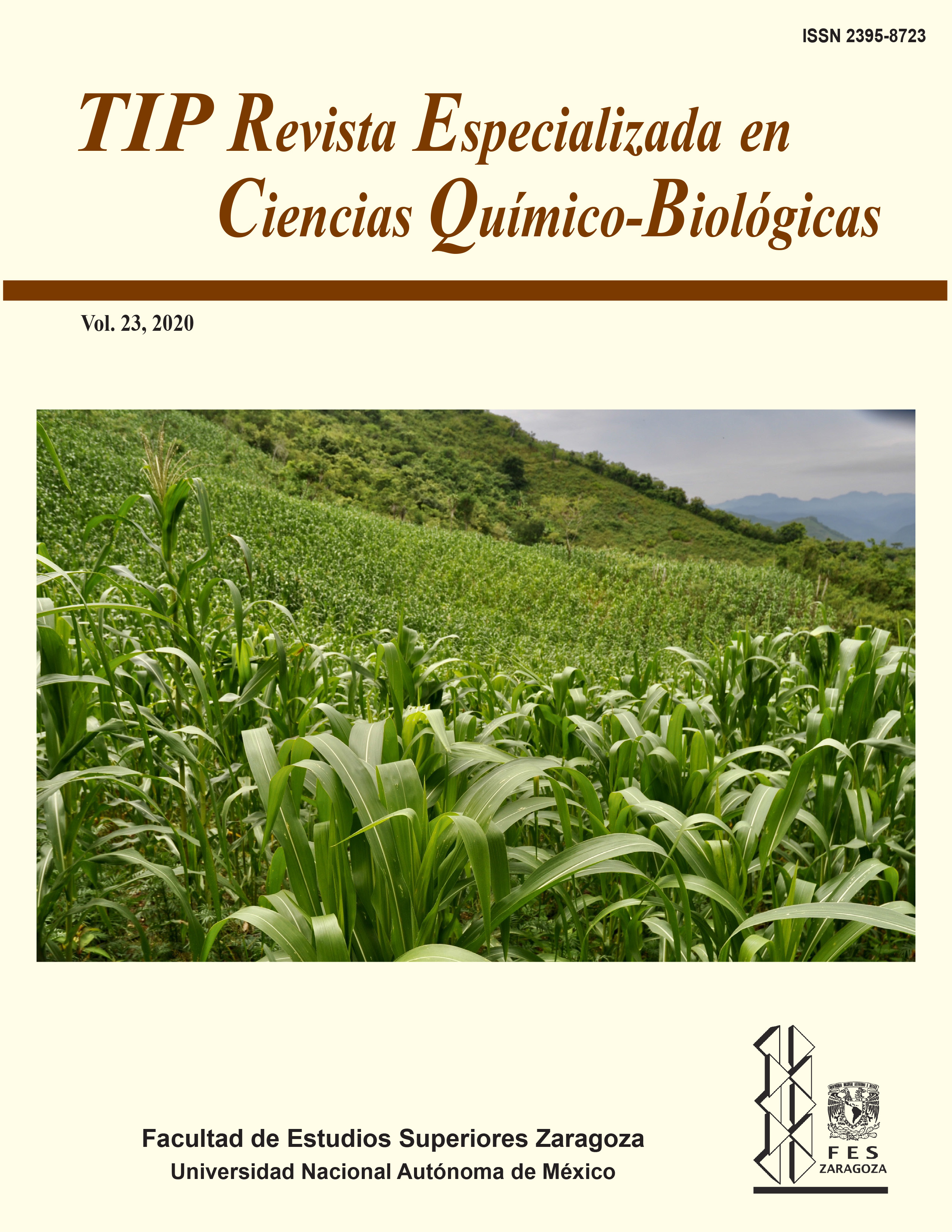Abstract
The liver is one of the most important organs that contribute to maintain metabolic homeostasis in vertebrates, with a high regenerative capacity. Liver is constituted by diverse cellular types, which work together to accomplish the organ function. Hepatocytes are the main cellular type responsible for most of hepatic functions; they are a heterogeneous population with specialized metabolic functions. Several signaling pathways such as TGF-β/Smads, Hippo/YAP-TAZ and Wnt/ β-catenin, among others, regulate hepatocytes phenotype. These cells are normally in a quiescent state but they exhibit plasticity in response to liver damage; thus, they can proliferate or change their phenotype through process such as transdifferentiation or transformation in order to contribute to the maintenance of liver homeostasis or during the development of diverse pathologies.TIP Magazine Specialized in Chemical-Biological Sciences, distributed under Creative Commons License: Attribution + Noncommercial + NoDerivatives 4.0 International.



